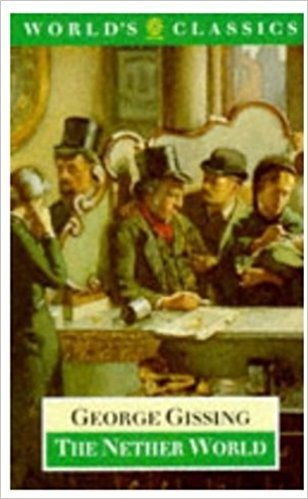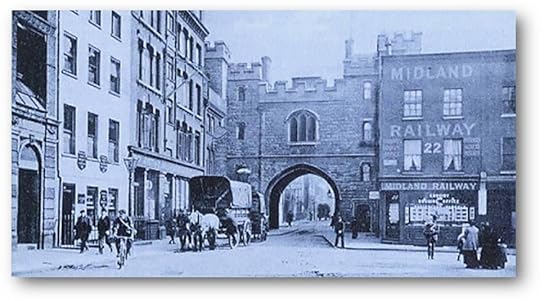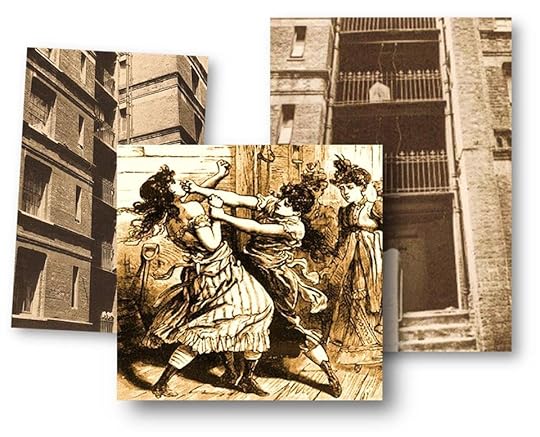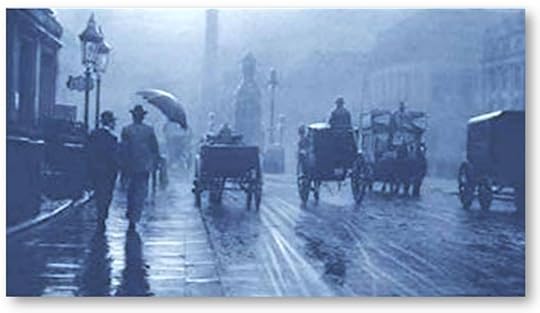What do you think?
Rate this book


391 pages, Kindle Edition
First published January 1, 1889
In each life little for congratulation. He with the ambitions of his youth frustrated; neither an artist, nor a leader of men in the battle for justice. She, no saviour of society by the force of a superb example; no daughter of the people, holding wealth in trust for the people’s needs. Yet to both was their work given. Unmarked, unencouraged save by their love of uprightness and mercy, they stood by the side of those more hapless, brought some comfort to hearts less courageous than their own. Where they abode it was not all dark. Sorrow certainly awaited them, perchance defeat in even the humble aims that they had set themselves; but at least their lives would remain a protest against those brute forces of society which fill with wreck the abysses of the nether world.
On all the doorsteps sat little girls, themselves only just out of infancy, nursing or neglecting bald, red-eyed, doughy-limbed abortions in every stage of babyhood, hapless spawn of diseased humanity, born to embitter and brutalise yet further the lot of those who unwillingly gave them life. With wide, pitiful eyes Jane looked at each group she passed. Three years ago she would have seen nothing but the ordinary and the inevitable in such spectacles, but since then her moral and intellectual being had grown on rare nourishment; there was indignation as well as heartache in the feeling with which she had learnt to regard the world of her familiarity. (chapter XV)
The tendencies which we agree to call good and bad became in her (Clara, the aspiring actress) merely directions of a native force which was at all times in revolt against circumstance. Characters thus moulded may go far in achievement, but can never pass beyond the bounds of suffering. Never is the world their friend, nor the world's law. (chapter XXXII)Think of Hardy expounding on the countryside; although Gissing's object of observation is the metropolis, the zeal and detail wherewith Hardy executed his portrayals is also a feature in this book, nevertheless it now serves to illustrate corruption and degradation:
John Hewett was not the only father who has come forth after nightfall from an obscure home to look darkly at the faces passing on these broad pavements. At times he would shrink into a shadowed corner, and peer thence at those who went by under the gaslight. When he moved forward, it was with the uneasy gait of one who shuns observation; you would have thought, perchance, that he watched an opportunity of begging and was shamefaced: it happened now and then that he was regarded suspiciously. A rough-looking man, with grizzled beard, with eyes generally bloodshot, his shoulders stooping—naturally the miserable are always suspected where law is conscious of its injustice. (chapter XXIV)




